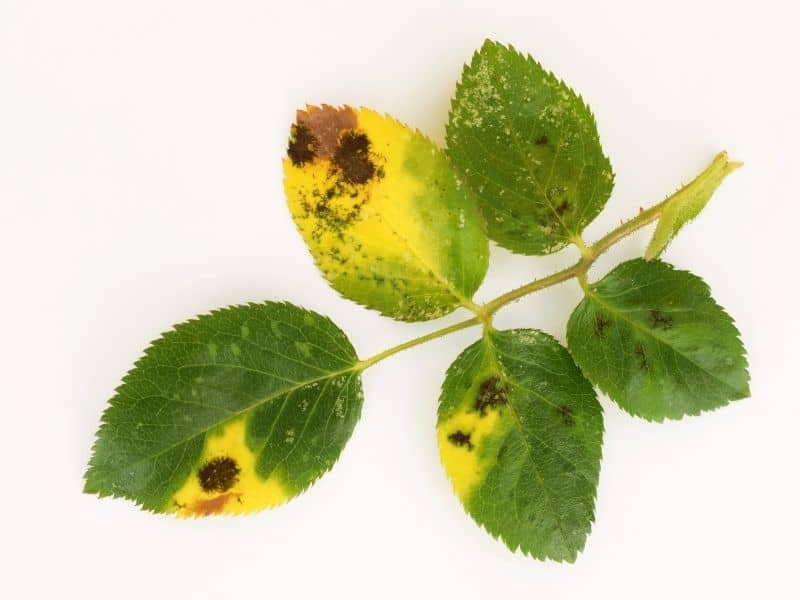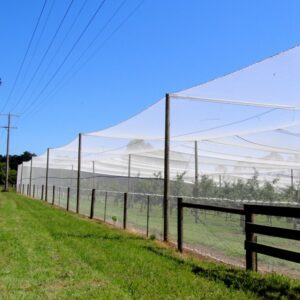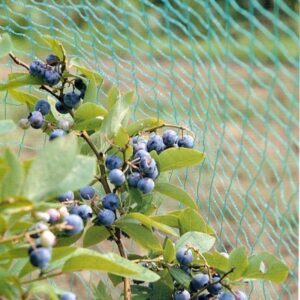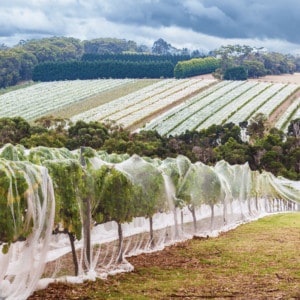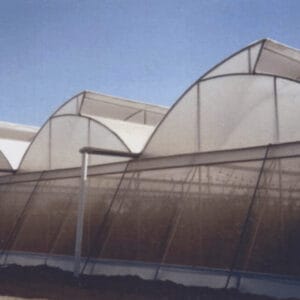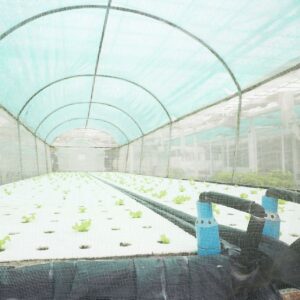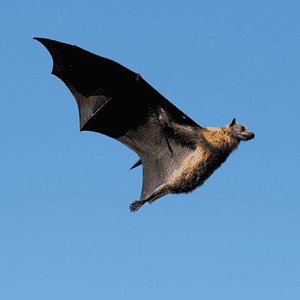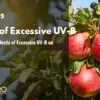A horticultural disease is any plant disorder caused by bacteria, fungi, nematodes, viruses, or parasites. The symptoms of these diseases vary and are specific to the particular species of the plant affected. Treatment differs depending on the type of disease but involves taking measures to control insects and other pests that might spread the disease.
You can also remove infected plants and treat healthy plants with fungicides or bactericides.
This blog post will discuss some common horticultural diseases and show you how to treat them. But before, let’s see why you need to treat these diseases.
Why Treat Horticultural Diseases?
Controlling pests and diseases helps in reducing crop damage from pests while increasing food production. It also boosts the quality and yield of your agricultural products.
Horticultural Diseases and How to Treat Them
Below are some of the common horticultural diseases that wreak havoc on your crops.
1. Black Spot
Black spot is a fungal infection that affects flowers and fruits alike. While it does not kill crops, it diminishes them and makes them more vulnerable to other issues. Small black spots emerge in cold, moist weather on foliage, turning yellow and dropping off.
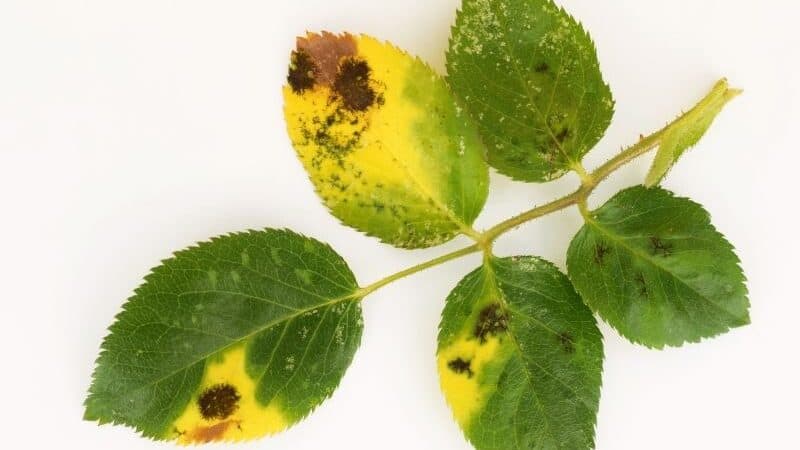
Treatment: Remove sick canes and leaves before winter. Mulch your crops beneath bushes and water at the roots instead of the foliage to keep blooms clean and dry. Consider growing black spot-resistant crop kinds. Avoid black spots, treating your plants with a pesticide.
2. Mosaic Virus
Mosaic viruses come in various forms, but as a gardener, you are most likely to come across two: tobacco mosaic virus and tomato mosaic virus.
Mosaic virus results in speckled yellow and green foliage twisted and deformed at times. Your crops will turn yellow and have poor growth, fruits will distort, and your output will decrease if your plants are affected by this disease. In hot conditions, the mosaic virus is more common.
Treatment: Although there are no chemical solutions to control this disease, resistant cultivars are available. The virus can survive for a long time in dry soil. Remove and destroy infected plants, roots, and all, and do not plant susceptible plants in the same region for two years.
Tobacco is a transmitter; thus, smokers should carefully wash their hands before handling plants.
3. Downy Mildew
Downy mildew is a fungal disease that infects many ornamentals and food crops, including flowers, lettuce, grapevines, and cabbage crops like cauliflower and broccoli. Downy mildew causes the top part of leaves to yellow, while the underside grows white or gray fungus. It is most common during damp weather.
Treatment: Try and plant resistant cultivars. Although there are no antifungals available, cultural norms can reduce the infection. If downy mildew is present, remove and kill affected leaves or entire plants. Do not overcrowd your plants. Avoid irrigating crops in the evening. Be sure to practice rotational cropping throughout the year.
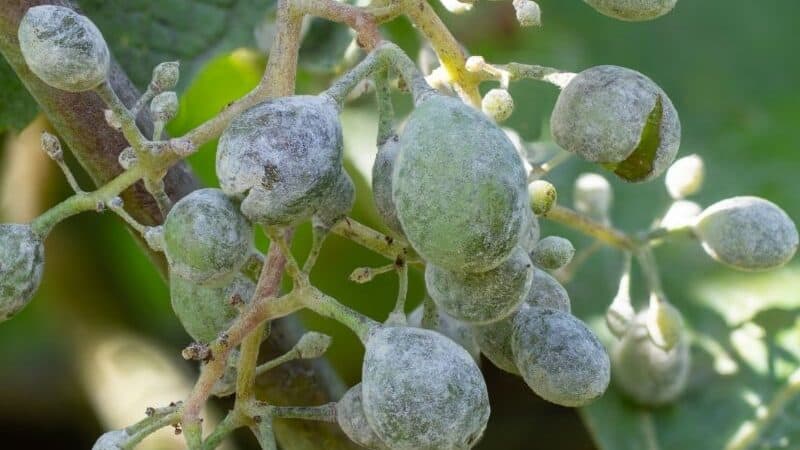
4. Verticillium Wilt
Verticillium wilt is a fungus that affects shrub, food, and flower plants. Pathogens, which can persist for months in the soil, enter the crop through the roots, blocking the circulatory system and causing stems to wilt and foliage to change color and fall off abruptly.
It can also cause growth to be stunted.
Treatment: Although fungicides are ineffective, excellent cleanliness techniques may be beneficial. Remove and destroy Infectious annuals, perennials, and edible plants—prune trees and shrubs with unhealthy branches. Between cuts, sterilize cutting instruments with a bleach solution.
5. Snow Mould
Snow mold is a fungal disease that thrives in the cold, damp conditions beneath the snow. It feeds on turfgrass. Symptoms appear once the snow melts: pale tan spots of entangled grass caused by mold filaments.
Treatment: Comb the tangled grass to separate the mold and encourage new growth. Reduce the height of the last trim of the season in the fall to prevent tall grass stems from falling over and leading to entanglement.
6. Fusarium Wilt
A soil-borne fungus causes Fusarium wilt, affecting decorative and culinary plants such as tomatoes, beans, asparagus, and beans. Symptoms of the infection are stunt growth, wilt leaves, and blackened stem rot. It is very active during the hot summer months.
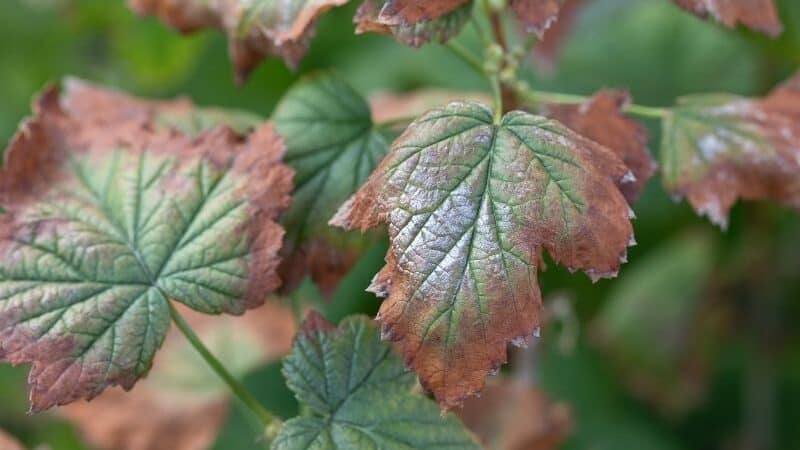
Treatment: Home gardeners do not have access to chemical pesticides, but disease-resistant varieties are available. If fusarium wilt appears in your garden, uproot and destroy sick plants and wait five years before planting the very same species in that particular location.
7. Sooty Mold
Sooty mold is a fungus that grows on sticky residues left by plant-sucking bugs called honeydew. It’s not only unpleasant on leaves; it also obstructs photosynthesis and slows plant growth. Sooty mold-coated leaves fall off early as well.
Treatment: Aphids, leafhoppers, and mealybugs are plant-sucking insects that leave honeydew and are responsible for sooty mold. Use pesticide soap or neem oil to spray them.
Another effective way is covering your crop with insect protection netting. Honeydew draws ants that protect the plant from predatory insects that keep the nuisance bug population in check. Trap ants or spray a sticky compound around the stems of woody plants.
8. Fire Blight
Fire blight is a dangerous bacterial disease found on pears, apples, and flower plants. It derives its name from the burnt appearance of diseased leaves. The disease infects the tree from the tops of the branches and spreads down the stems, causing yield loss.
It targets soft new growth first, so you’ll see a reduction in yield at the plant’s top. Reddish water-soaked sores appear on the bark of trees. These lesions exude an orange-brown substance on hot days.
Treatment: When possible, choose disease-resistant cultivars. Avoid practicing excessive trimming and nitrogen fertilizer treatments, both of which favor new growth. Clip affected branches 1 foot below the sick areas and burn them as soon as fire blight is identified to avoid further infections on your crops.
To avoid spreading the disease from one plant to another, soak pruning shears in bleach solutions between cuts. Apply liquid copper early in the plant’s life cycle to help combat this issue.
Conclusion
There are many horticultural diseases that attack your crops, but these are the most frequent. Wilting, scabs, moldy coatings, rusts, scars, and rotten tissue are all symptoms of these diseases.
If you encounter any of the above conditions, follow these simple treatment procedures, and you will easily overcome this disease predicament.
If you’re having trouble controlling or managing crop diseases, seek professional help from Eyouagro. Eyouagro is the best netting supplier to keep diseases caused by pests out of your horticultural crops. Our nets are UV-resistant, and they will keep your horticultural produce fresh.
You can send your netting inquiry via email

